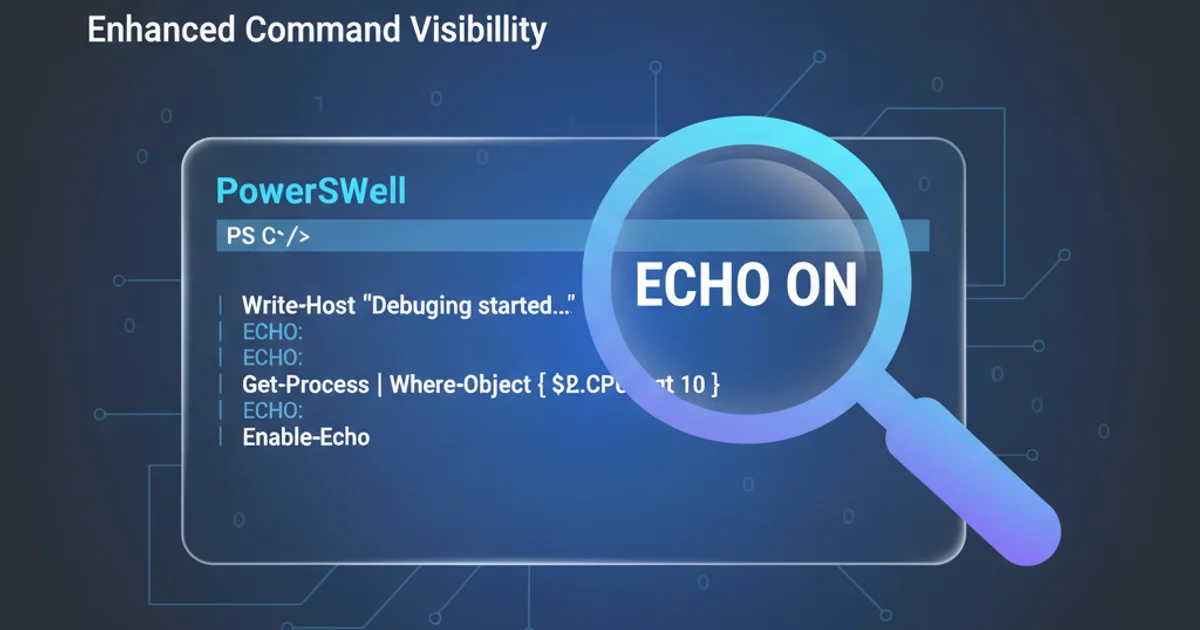What is the final RFC for telnet protocol
Categories:
Understanding the Final RFC for the Telnet Protocol

Explore the foundational RFCs that define the Telnet protocol, its evolution, and its core functionalities for remote terminal access.
The Telnet protocol, one of the oldest network protocols, was designed to provide a general bi-directional 8-bit byte oriented communication facility. While often associated with insecure remote shell access, its underlying protocol definition is much broader, encompassing a negotiation mechanism for various options. This article delves into the primary RFCs that define Telnet, focusing on its core specification and how it enables interactive communication over a network.
The Core Telnet Protocol: RFC 854
The fundamental specification for the Telnet protocol is laid out in RFC 854, titled "Telnet Protocol Specification." Published in May 1983, this RFC defines the network virtual terminal (NVT) concept, which is central to Telnet's operation. The NVT provides a standard, intermediate representation of a terminal, allowing diverse client and server systems to communicate without needing to understand each other's specific terminal characteristics. This abstraction simplifies the implementation of both Telnet clients and servers.
RFC 854 also details the command structure, which uses a special byte sequence to distinguish commands from data. These commands are crucial for negotiating options between the client and server, such as echo control, line mode, and terminal type. Without these negotiations, Telnet would be a much simpler, less flexible protocol.
sequenceDiagram
participant Client
participant Server
Client->>Server: SYN (Initial Connection)
Server->>Client: SYN-ACK
Client->>Server: ACK
Client->>Server: IAC WILL ECHO
Server->>Client: IAC DO ECHO
Note right of Server: Server agrees to echo characters
Client->>Server: IAC DO SUPPRESS-GO-AHEAD
Server->>Client: IAC WILL SUPPRESS-GO-AHEAD
Note right of Server: Server agrees to suppress GA
Client->>Server: User Input (e.g., 'hello')
Server->>Client: Echoed Input (e.g., 'hello')
Server->>Client: Command Output (e.g., 'Welcome!')
Client->>Server: IAC DONT ECHO
Server->>Client: IAC WONT ECHO
Note right of Server: Server stops echoing charactersSimplified Telnet Option Negotiation Sequence
Key Concepts and Related RFCs
Beyond RFC 854, several other RFCs define specific Telnet options and extensions, enhancing its capabilities. These options allow for a richer interactive experience and better resource management. Some notable examples include:
- RFC 855: Telnet Option Specifications - This RFC provides a general framework for defining and implementing Telnet options, which are extensions to the basic protocol.
- RFC 856: Telnet Binary Transmission - Defines how to transmit 8-bit data without interpretation, crucial for transferring non-ASCII data.
- RFC 857: Telnet Echo Option - Specifies the mechanism for controlling whether the server or client echoes characters.
- RFC 858: Telnet Suppress Go Ahead Option - Addresses the "Go Ahead" signal, which was originally used to indicate when the other end could transmit. Suppressing it allows for full-duplex operation.
- RFC 859: Telnet Status Option - Allows one end to request status information from the other.
- RFC 860: Telnet Timing Mark Option - Provides a way to synchronize data streams.
- RFC 861: Telnet Extended Options: List Option - Defines a mechanism for negotiating multiple options simultaneously.
These RFCs collectively form the comprehensive definition of the Telnet protocol, illustrating its modular design and extensibility. While modern secure alternatives like SSH have largely replaced Telnet for remote shell access, understanding its foundational RFCs provides valuable insight into early network protocol design and the challenges of interactive communication over heterogeneous networks.
telnet example.com 80 can check if a web server is listening on port 80.Telnet Command Structure
Telnet commands are always preceded by the Interpret As Command (IAC) byte, which has a value of 255 (0xFF). This byte signals that the following byte(s) should be interpreted as a command rather than data. The most common commands are:
IAC WILL <option>: The sender desires to begin performing the indicated option.IAC WONT <option>: The sender refuses to perform the indicated option.IAC DO <option>: The sender desires the receiver to begin performing the indicated option.IAC DONT <option>: The sender demands the receiver cease performing the indicated option.
This negotiation process allows both ends of the connection to agree on a common set of features and behaviors, ensuring compatibility and proper interaction. If an IAC byte itself needs to be sent as data, it is sent twice (IAC IAC) to escape it.
FF FB 01 (IAC WILL ECHO)
FF FD 03 (IAC DO SUPPRESS-GO-AHEAD)
FF FE 01 (IAC WONT ECHO)
FF FC 03 (IAC DONT SUPPRESS-GO-AHEAD)
Examples of Telnet command sequences in hexadecimal